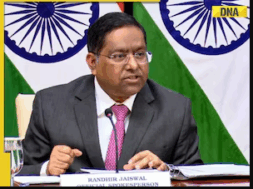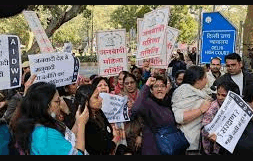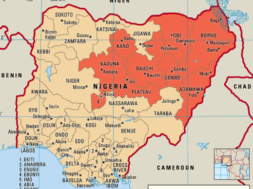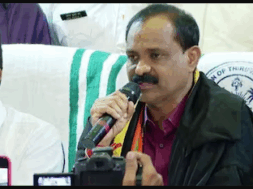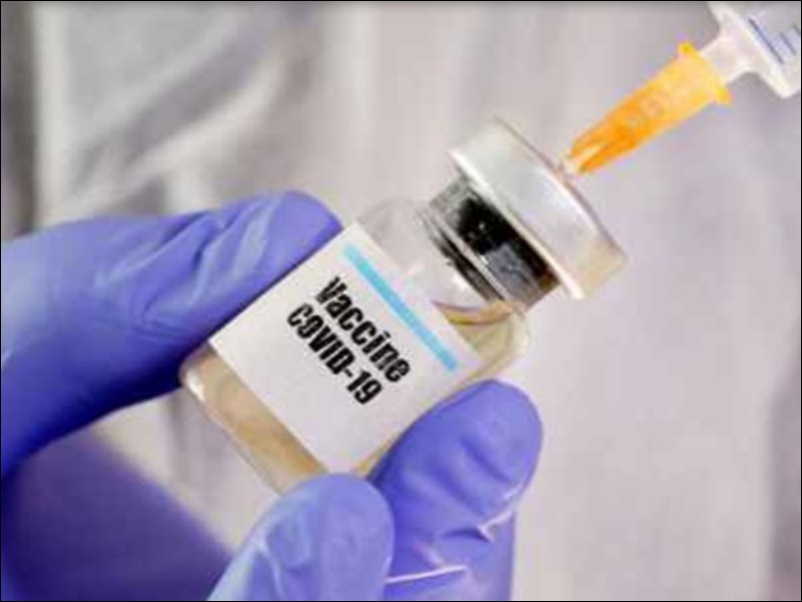
Covid-19: Vaccination for Children Likely from Next Month, Centre Sticks to Official Death Figure
Manas Dasgupta
NEW DELHI, July 27: As the central government is preparing to launch Covid-19 vaccination for children from the next month, it refuted a claim that the actual death toll in the pandemic in the country could be in the region of 27 lakhs to 33 lakhs as against the official figure of 4.21 lakhs.
Speaking at the BJP parliamentary party meeting on Tuesday, the health minister Mansukh Mandaviya said the government was likely to start vaccinating children by next month. He also claimed that India was on course to become the largest vaccine producing country as more companies would soon get production licences.
Earlier this month, the Centre had told the Delhi High Court that Coronavirus vaccine could “soon” be available for children in the age group of 12 to 18 years and that a policy on vaccinating them would be formulated after acquiring approval from the drug authorities.
Zydus Cadila, which is developing DNA vaccines, has concluded its trials for the 12-18 age group and subject to statutory provisions, the vaccine may be available in the near future, the Centre had said.
Also, the Drug Controller General of India has permitted Bharat Biotech, the maker of “Covaxin,” to conduct clinical trials for the 2-18 age group, the government had told Delhi HC.
Pfizer’s mRNA vaccine has been tested and approved in the European Union for use in adolescents aged 12-15. The government, however, was keen to use “Covaxin” for children if the trial was successful because the expected supply of the Pfizer-BioNTech vaccine, even if used completely for children, would fall far short of the requirement, official sources said.
There is also uncertainty over how soon Pfizer’s vaccines may actually come to India, said the official. Compared with this, Bharat Biotech is expected to be able to cater to larger orders, according to the official.
Going by the 80 per cent coverage strategy, the government would have to plan for enough vaccines to cover 104 million children to effectively protect this cohort. The exercise would, therefore, require at least 208 million doses of a two-dose vaccine. In the case of a three-dose vaccine, the requirement for vaccines would be much higher.
Earlier, the director of the All India Institute of Medical Sciences (AIIMS) Dr Randeep Guleria had said making Covid-19 vaccine available for children would be a milestone achievement and pave the way for reopening of schools and resumption of outdoor activities for them. He had stressed that though children mostly have mild infections of COVID-19 and some even are asymptomatic, they could be carriers of the infection.
Underscoring that there had been a major loss in studies in the last one-and-half years on account of the pandemic, the AIIMS chief had said, “Schools have to be reopened and vaccination can play an important role in that.”
Meanwhile, the centre in a press release while denying under-reporting of Covid-19 deaths said there already existed a robust system to record all deaths due to Covid-19.
Responding to a report which claimed that the actual death toll could be in the region to 2.7 to 3.3 millions in India till now, the union government said it had been “transparent” in its approach related to Covid-19 data management.
“It is clarified that the Union government has been transparent in its approach to Covid-19 data management and a robust system of recording all Covid-19 related deaths already exists. All states and union territories have been entrusted with the responsibility to update the data on a continuous base,” the release read. It also dismissed as “totally fallacious” the study’s conclusion of the country’s “actual” toll due to the coronavirus disease being “7-8 times higher than the official toll.”
The statement further said the robustness of the statute-based Civil Registration System (CRS) ensures all the births and deaths in the country get registered. “The CRS follows process of data collection, cleaning, collating and publishing the numbers which, though a long-drawn process, ensures no deaths are missed out. Because of the expanse and amplitude of the activity, the numbers are usually published the next year,” it said.
The release also mentioned Indian Council of Medical Research’s (ICMR) “Guidance for appropriate recording of Covid-19 related deaths in India” which, it said, was released last May to avoid any confusion or inconsistency in the number of fatalities being reported.
“During the peak of the second wave of the coronavirus pandemic, in April and May, recording of Covid-19 deaths could have been delayed as health infrastructure was focused on cases requiring medical help. However, these were later reconciled by states and Union territories,” the government explained.
The aforementioned study was authored by Dr Prabhat Jha from the Centre for Global Health Research at the University of Toronto and Dr Paul Novosad from the department of economics at the Dartmouth College in New Hampshire, United States. A separate report, co-authored by India’s former chief economic advisor, Arvind Subramanian, projected as many as “4.9 million excess fatalities” during the pandemic.
Officially, the country has registered 421,382 fatalities till now including 415 in the last 24 hours, according to the Union ministry of health and family welfare (MoHFW). About half of the total deaths took place in April and May this year, as per the data of the National Centre for Disease Control (NCDC).

